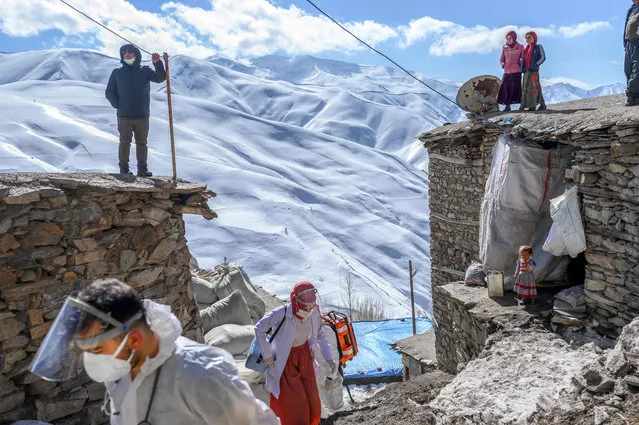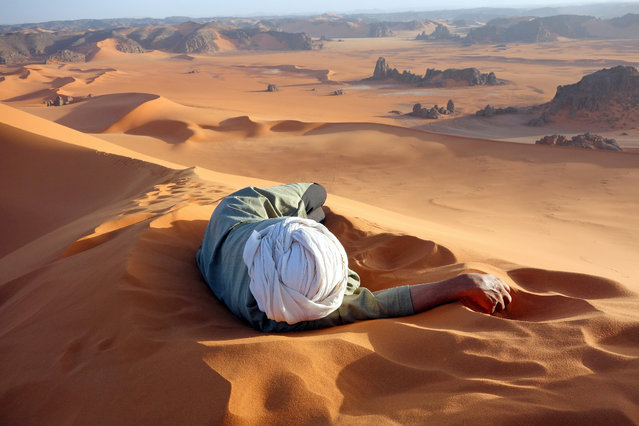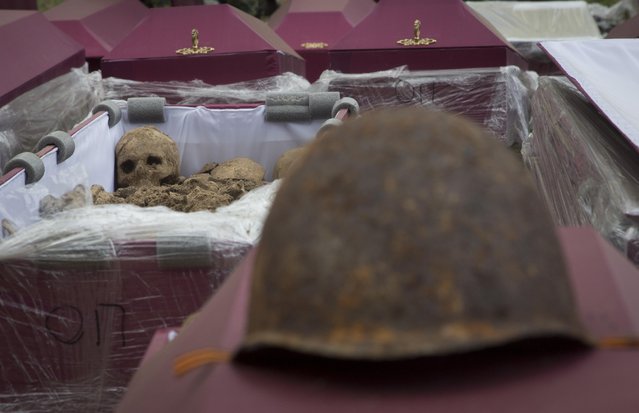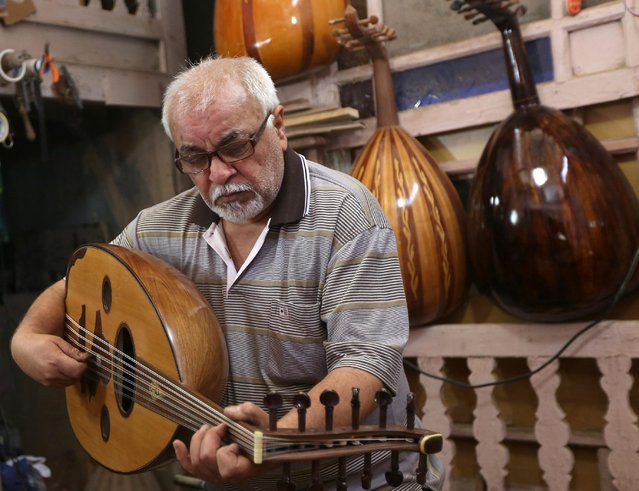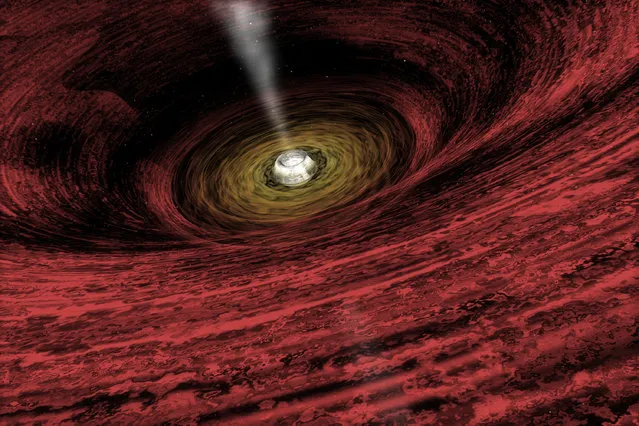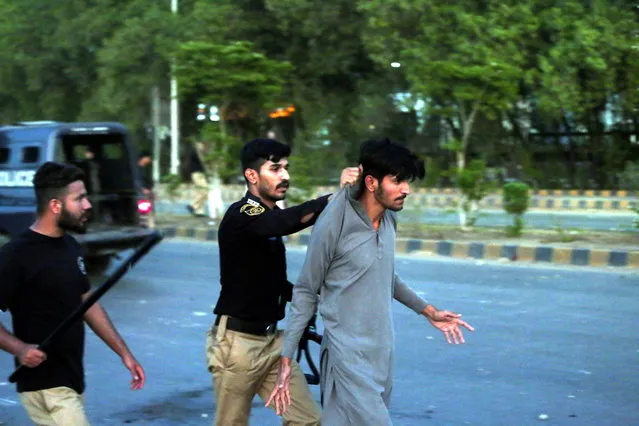
A police officer detains a person during protest by supporters of Pakistan's former Prime Minister Imran Khan against his arrest, in Karachi, Pakistan, 09 May 2023. Khan, the chairman of Pakistan Tehreek-e-Insaf, was taken into custody by the National Accountability Bureau (NAB) on 09 May outside the Islamabad High Court, where he had arrived to appeal for bail in multiple cases filed against him. The arrest came after Khan's ouster from power in April 2020 following a failed vote of confidence in parliament. (Photo by Rehan Khan/EPA)
12 May 2023 03:56:00,post received
0 comments

